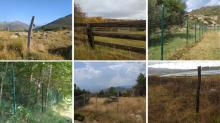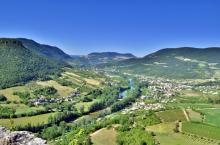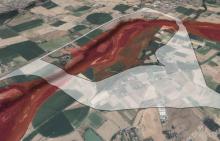In reality, in most of our work, field data and the results of modeling or automated analysis are often closely combined.
There is a research project we are currently working on that is a perfect illustration of this.
Launched in 2024 and named Polymor-FENCE, it aims to develop tools and methods to analyze and anticipate the impacts of fences on animal species and their movements.









